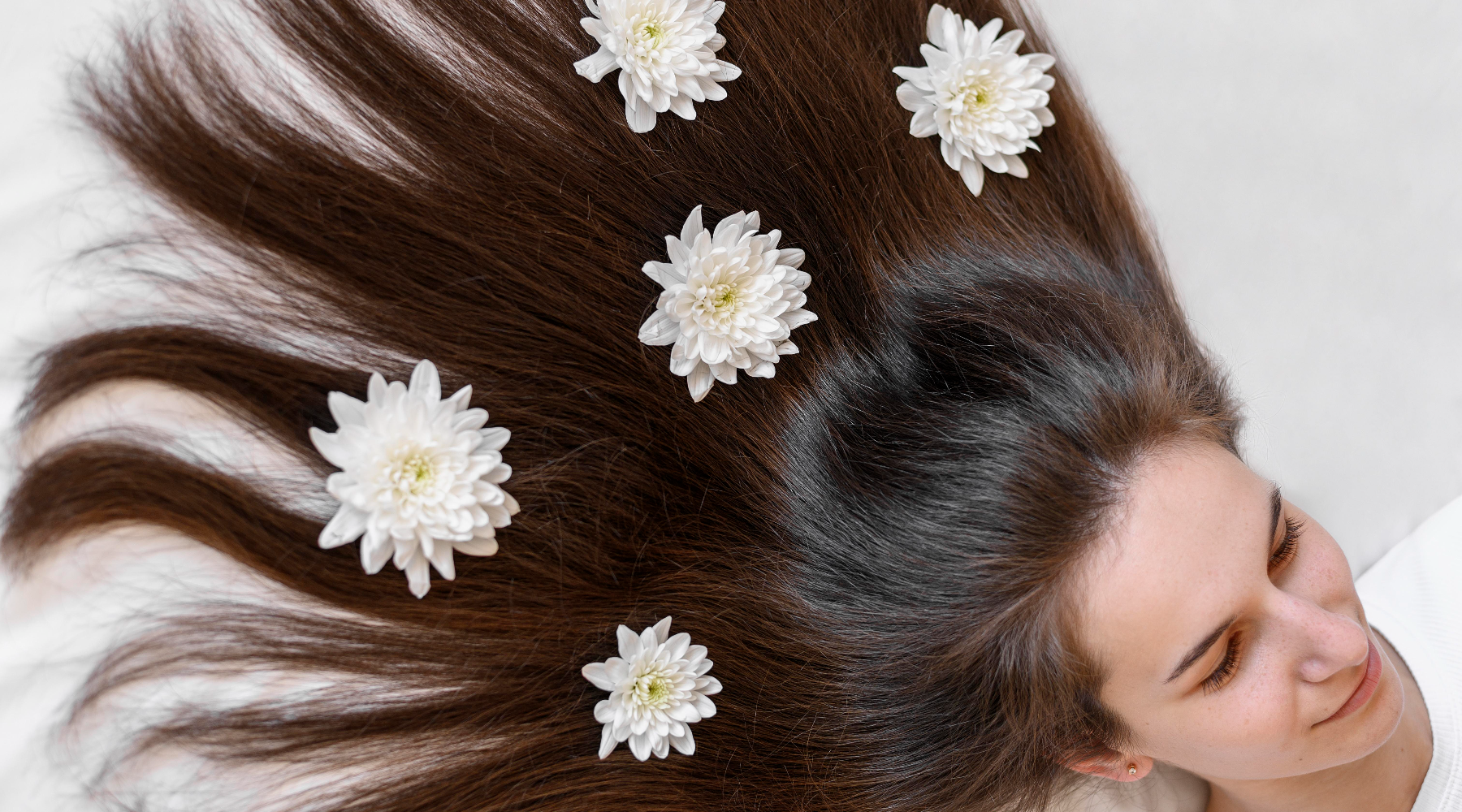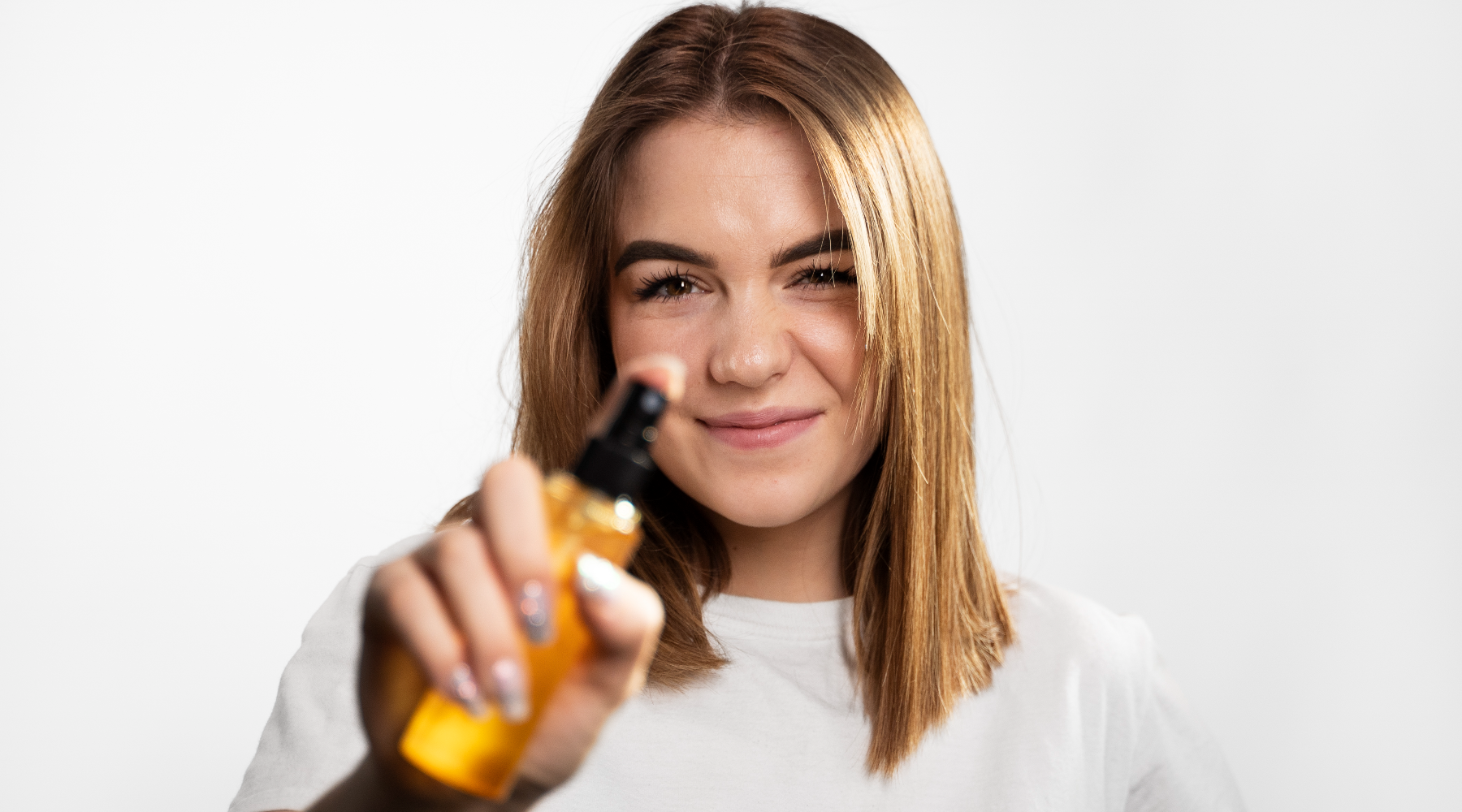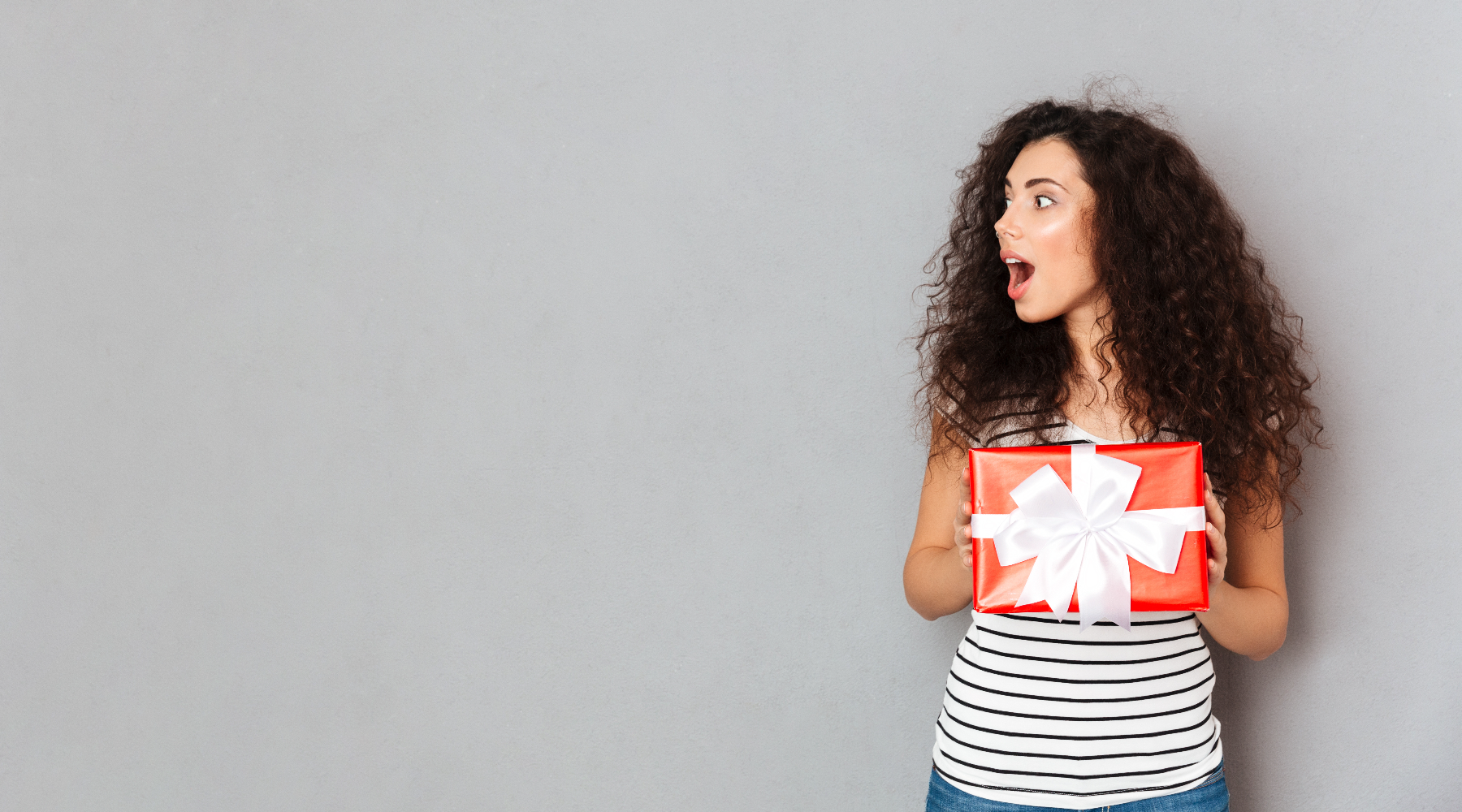
Top 3 Science-Backed Tips for Longer Hair
While you may be tempted to try viral hair growth products or follow a stranger’s advice on the internet in hopes of achieving long and healthy hair, the reality often can leave you feeling underwhelmed and frustrated with mediocre results at best. These trendy methods may allure you with their promise of ‘affordable and quick results’, but they are often unreliable and unverified. So, we understand the disappointment!
However, in the realm of hair growth, science is your unsung hero, offering a myriad of proven methods to promote hair growth and health. Anyone who’s just embarking on their hair growth journey should turn to evidence-based approaches to see visible results.
In this article, we will have an understanding of how hair works and unlock three science-based ways to grow your hair.
How fast can your hair actually grow?
In order to understand how different hair growth products and devices work, you need to understand the anatomy of the hair and its cycle.
Hair anatomy

A single strand of hair has a hair shaft and a hair root. The hair shaft is the visible part of the hair, while the hair root is the part under the skin. The hair root is surrounded by the hair follicle and widens to form the hair bulb.
The hair bulb is the most important part of the hair. Inside, new cells are formed constantly that stick to the hair from below gradually pushing it out from the skin.
A common misconception is that hair grows from the ends of the hair, but in fact, grows from the scalp. Typically, a hair strand grows about 1 cm per month, but this varies from person to person due to genetics and lifestyle.
Hair growth cycle

The hair growth cycle consists of three main phases: the anagen phase, the catagen phase and the telogen phase.
- The anagen phase: is the phase during which the hair actively grows. This phase can last several years. At any given point in time, at least 90% of the hair is in anagen phase.
- The catagen phase: is a transitional phase during which the hair growth rate starts to slow down, the hair strands thin and the follicle shrinks. This phase can last up to a month.
- The telogen phase: is the resting phase which lasts a few months before the hair starts to fall out. 5-10% of is hair are in the phase at any given time. The normal hair fall rate is about 50-100 hairs a day.
However, since hair is always growing, this daily hair shed is not noticeable. But if the root of the hair is damaged or a lot of hair is in the resting phase, that’s when you start noticing hair thinning and bald spots.
Science-based ways to grow hair.
When we want to see results, we turn to science, and science says there are three ways your can grow your hair.
1. Microneedling
Micro-needling is a minimally invasive procedure used in various dermatological treatments. It is done using a tool called a derma roller which contains tiny needles used to create controlled micro punctures on the skin.
This process activates the whole coagulation cascade which includes the production of growth factors, improvement of blood circulation, the production of collagen and elastin.
Due to the increased blood circulation, there will be more oxygen and nutrients going into the hair follicle and as a result, more hair will be in the anagen phase.
In addition, by promoting collagen and elastin production, to very important structural proteins, microneedling will help strengthen the hair follicles and improve their ability to support healthy hair growth.
Research shows that microneedling combined with topical treatments such as minoxidil 5% can significantly improve total hair count.
If you've never used a derma roller before, we highly advise starting with a 0.5mm needle to familiarise yourself with the process, while still being able to get visible results.
2. Red Light Therapy

Red Light Therapy, also known as Low-Level Laser Therapy (LLLT), is another evidence-based method to promote hair growth.
Studies have shown that LLLT stimulates cellular activity, and since its discovery in the 1960s, it has been used for a variety of medical conditions. It is even approved by the FDA as a safe treatment for female and male pattern hair loss.
The exact mechanism of Red-Light Therapy is still unknown, but its benefits for the hair are widely documented. It can encourage telogen hair follicles to transition back into the anagen phase, prolong the duration of the anagen phase, increase rates of proliferation in active anagen hair follicles and prevent premature catagen development.
Have a look at our product for this; it massages the scalp while giving out red light to further increase hair growth. For best results, use this a few times a week, preferably during a prewash routine that involves applying rosemary oil to your scalp.
3. Regular massages with minoxidil or rosemary.

Minoxidil is an FDA-approved treatment for hair loss in both men and women (androgenetic alopecia).
The main mechanism of action of minoxidil is the ability to dilate blood vessels in the scalp. This will increase blood flow, oxygen and nutrients to the hair follicle, promoting hair growth and preventing hair loss. In addition, it can prolong the anagen phase of the hair and stimulate hair that is in the catagen phase, resulting in less hair shedding and fuller and healthier hair.
Lately, hair oiling with rosemary oil for hair growth has been trending in social media. Even though there isn’t as much research as it is for minoxidil, regular usage of rosemary oil has shown promising results for hair growth in both men and women.
Rosemary oil has anti-oxidant benefits, preventing free radicals from damaging hair follicles. One study even states that rosemary oil is a natural DHT blocker. DHT, dihydrotestosterone, is a hormone that when it binds to its receptors, contributes to male pattern baldness.
Some studies compare the minoxidil and rosemary results, but more studies need to be made.
However, combining these agents with regular scalp massages can enhance their benefits.
The easiest way to get this miracle oil all over your scalp is with a root hair bottle comb. This makes application a breeze, so you can focus on massaging your scalp afterwards for hair growth.
Here's our Science-backed Hair Growth Tools:
References
https://www.ncbi.nlm.nih.gov/books/NBK546248/
https://pubmed.ncbi.nlm.nih.gov/34714971/
https://pubmed.ncbi.nlm.nih.gov/25807073/
https://www.ncbi.nlm.nih.gov/pmc/articles/PMC3944668/





Laisser un commentaire
Ce site est protégé par hCaptcha, et la Politique de confidentialité et les Conditions de service de hCaptcha s’appliquent.